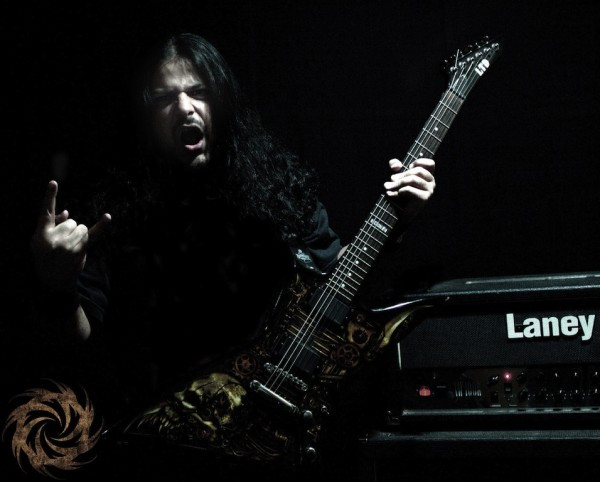
(In this post, Andy Synn interviews The Demonstealer (Sahil Makhija), frontman of India’s flagship metal band, Demonic Resurrection. As you’ll see, he has a lot of irons in the fire.)
Your last album The Return To Darkness was released back in 2010: it’s had amazing staying power and continues to attract new fans and positive reviews even now. Stupid question, but just how proud are you of what you have achieved with it?
I would say I’m quite proud of what we’ve achieved with it. We got signed to Candlelight Records to have it released, so that was kind of the biggest payoff for us. Musically, we’ll obviously aim to better what we did. We’ll probably say the new record is our best work to date (which musician doesn’t? :P). So yes, I’m quite satisfied with the way it’s gone, but there is a long long way to go yet.
What was the compositional process for the record like? How do you write, either individually or as a group?
Given the instability of the band’s lineup I’ve always remained the primary songwriter in the band and Mephisto has been the second key contributor musically. I started writing songs in 2007/2008 for this record and that was about the time Virendra Kaith joined us as a drummer, so jamming with him had a huge influence on my riff playing because while our previous drummer was more straight-out death metal, Virendra bought a different style of drumming to the table, which was influenced by bands like Meshuggah, Sikth, Textures. etc., and we had to kind of get him up to speed to the death metal style. So I think that’s how we got most of the sound for the record.
Daniel Rego joined us in 2008 as a lead guitarist and he contributed mostly the solos and some riffs on the record. His lead playing in my opinion was absolutely stellar and exactly what we needed. So the songs were written and then jammed on and edited and changed around til we got the best possible result. We tend to record everything and then we have about 5-6 versions of each song and there is an evolution process involved with the tracks so we can get the best out of it. Continue reading »
